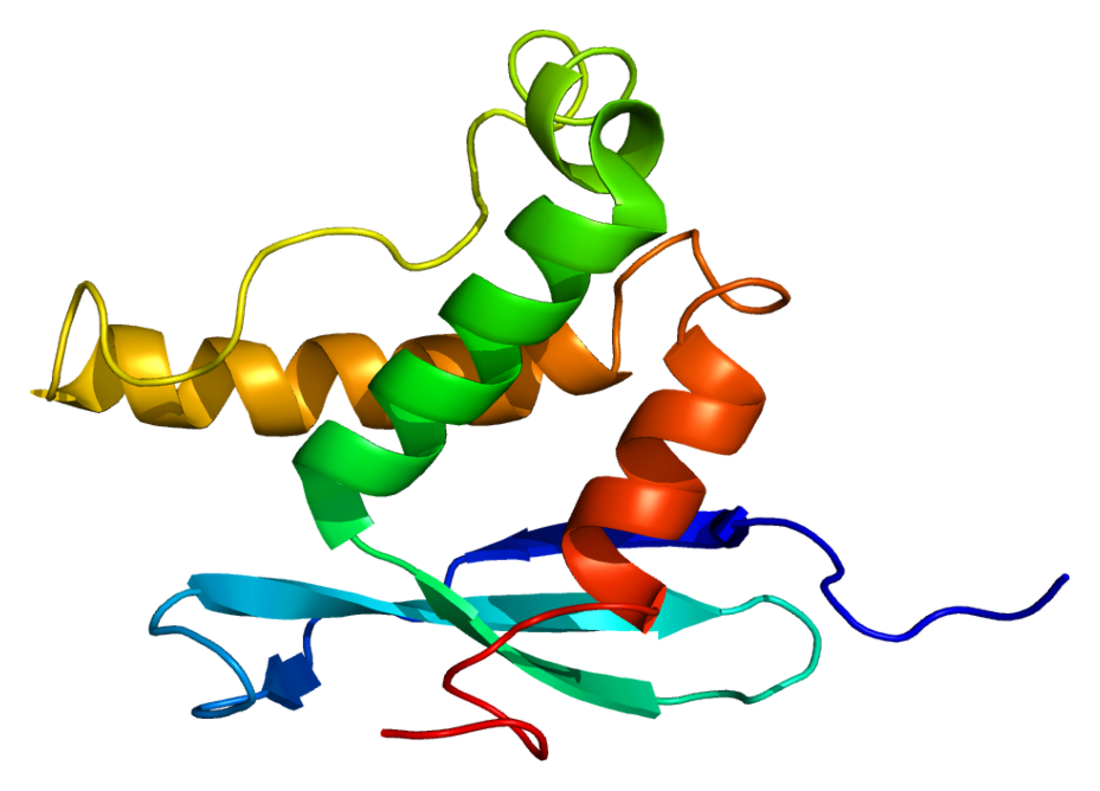Top Qs
Timeline
Chat
Perspective
Neutrophil cytosolic factor 1
Protein-coding gene in the species Homo sapiens From Wikipedia, the free encyclopedia
Remove ads
Neutrophil cytosol factor 1, also known as p47phox, is a protein that in humans is encoded by the NCF1 gene.[5]
Remove ads
Function
The protein encoded by this gene is a 47 kDa cytosolic subunit of neutrophil NADPH oxidase. This oxidase is a multicomponent enzyme that is activated to produce superoxide anion. Mutations in this gene have been associated with chronic granulomatous disease.[5]
Genetic variability in the NCF1 gene has been found to be related to a higher chance of getting autoimmune diseases such as Sjögren's syndrome, rheumatoid arthritis and lupus erythematosus.[6]
p47 is vital to the activation of NADPH oxidase. P47 becomes heavily phosphorylated
Remove ads
Interactions
Neutrophil cytosolic factor 1 has been shown to interact with:
References
Further reading
Wikiwand - on
Seamless Wikipedia browsing. On steroids.
Remove ads





